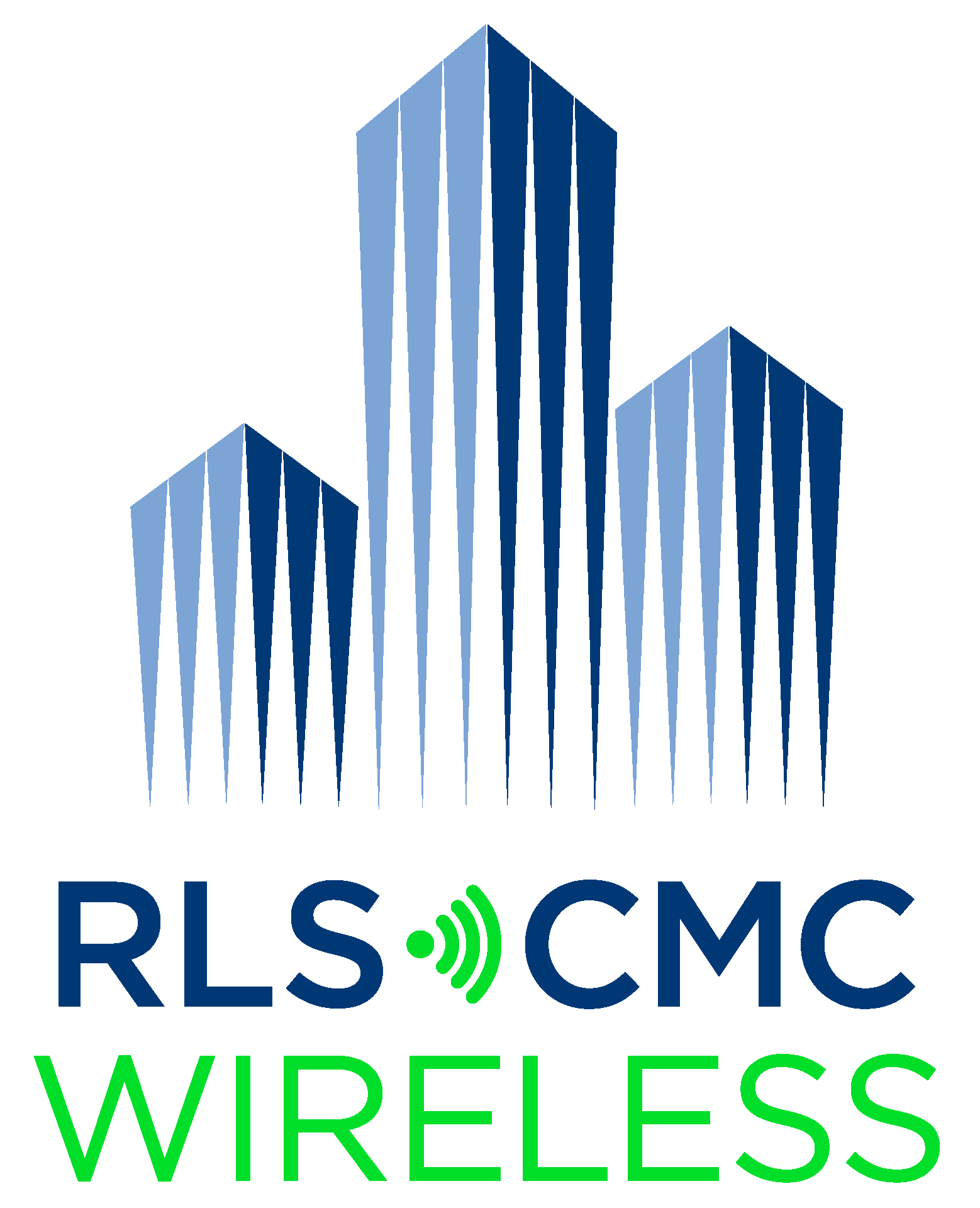Methods of Inspecting and Testing Wood Poles
| • Part Number: | 1910 |
| • Part Title: | Occupational Safety and Health Standards |
| • Subpart: | R |
| • Subpart Title: | Special Industries |
| • Standard Number: | 1910.269 App D |
| • Title: | Methods of Inspecting and Testing Wood Poles. |
| • GPO Source: | e-CFR |
Download The Realistic Expectation of an In-Place Wood Pole Inspection Program for more information.
- Introduction
When employees are to perform work on a wood pole, it is important to determine the condition of the pole before employees climb it. The weight of the employee, the weight of equipment to be installed, and other working stresses (such as the removal or retensioning of conductors) can lead to the failure of a defective pole or a pole that is not designed to handle the additional stresses.1 For these reasons, it is essential that, before an employee climbs a wood pole, the employer ascertain that the pole is capable of sustaining the stresses of the work. The determination that the pole is capable of sustaining these stresses includes an inspection of the condition of the pole.
If the employer finds the pole to be unsafe to climb or to work from, the employer must secure the pole so that it does not fail while an employee is on it. The employer can secure the pole by a line truck boom, by ropes or guys, or by lashing a new pole alongside it. If a new one is lashed alongside the defective pole, employees should work from the new one.
- Inspecting Wood Poles
A qualified employee should inspect wood poles for the following conditions: 2
- General condition. Buckling at the ground line or an unusual angle with respect to the ground may indicate that the pole has rotted or is broken.
- Cracks. Horizontal cracks perpendicular to the grain of the wood may weaken the pole. Vertical cracks, although not normally considered to be a sign of a defective pole, can pose a hazard to the climber, and the employee should keep his or her gaffs away from them while climbing.
- Holes. Hollow spots and woodpecker holes can reduce the strength of a wood pole.
- Shell rot and decay. Rotting and decay are cutout hazards and possible indications of the age and internal condition of the pole.
- Knots. One large knot or several smaller ones at the same height on the pole may be evidence of a weak point on the pole.
- Depth of setting. Evidence of the existence of a former ground line substantially above the existing ground level may be an indication that the pole is no longer buried to a sufficient depth.
- Soil conditions. Soft, wet, or loose soil around the base of the pole may indicate that the pole will not support any change in stress.
- Burn marks. Burning from transformer failures or conductor faults could damage the pole so that it cannot withstand changes in mechanical stress.
III. Testing Wood Poles
The following tests, which are from § 1910.268(n)(3), are acceptable methods of testing wood poles:
- Hammer test. Rap the pole sharply with a hammer weighing about 1.4 kg (3 pounds), starting near the ground line and continuing upwards circumferentially around the pole to a height of approximately 1.8 meters (6 feet). The hammer will produce a clear sound and rebound sharply when striking sound wood. Decay pockets will be indicated by a dull sound or a less pronounced hammer rebound. Also, prod the pole as near the ground line as possible using a pole prod or a screwdriver with a blade at least 127 millimeters (5 inches) long. If substantial decay is present, the pole is unsafe.
- Rocking test. Apply a horizontal force to the pole and attempt to rock it back and forth in a direction perpendicular to the line. Exercise caution to avoid causing power lines to swing together. Apply the force to the pole either by pushing it with a pike pole or pulling the pole with a rope. If the pole cracks during the test, it is unsafe.
1 A properly guyed pole in good condition should, at a minimum, be able to handle the weight of an employee climbing it.
2 The presence of any of these conditions is an indication that the pole may not be safe to climb or to work from. The employee performing the inspection must be qualified to make a determination as to whether it is safe to perform the work without taking additional precautions.
